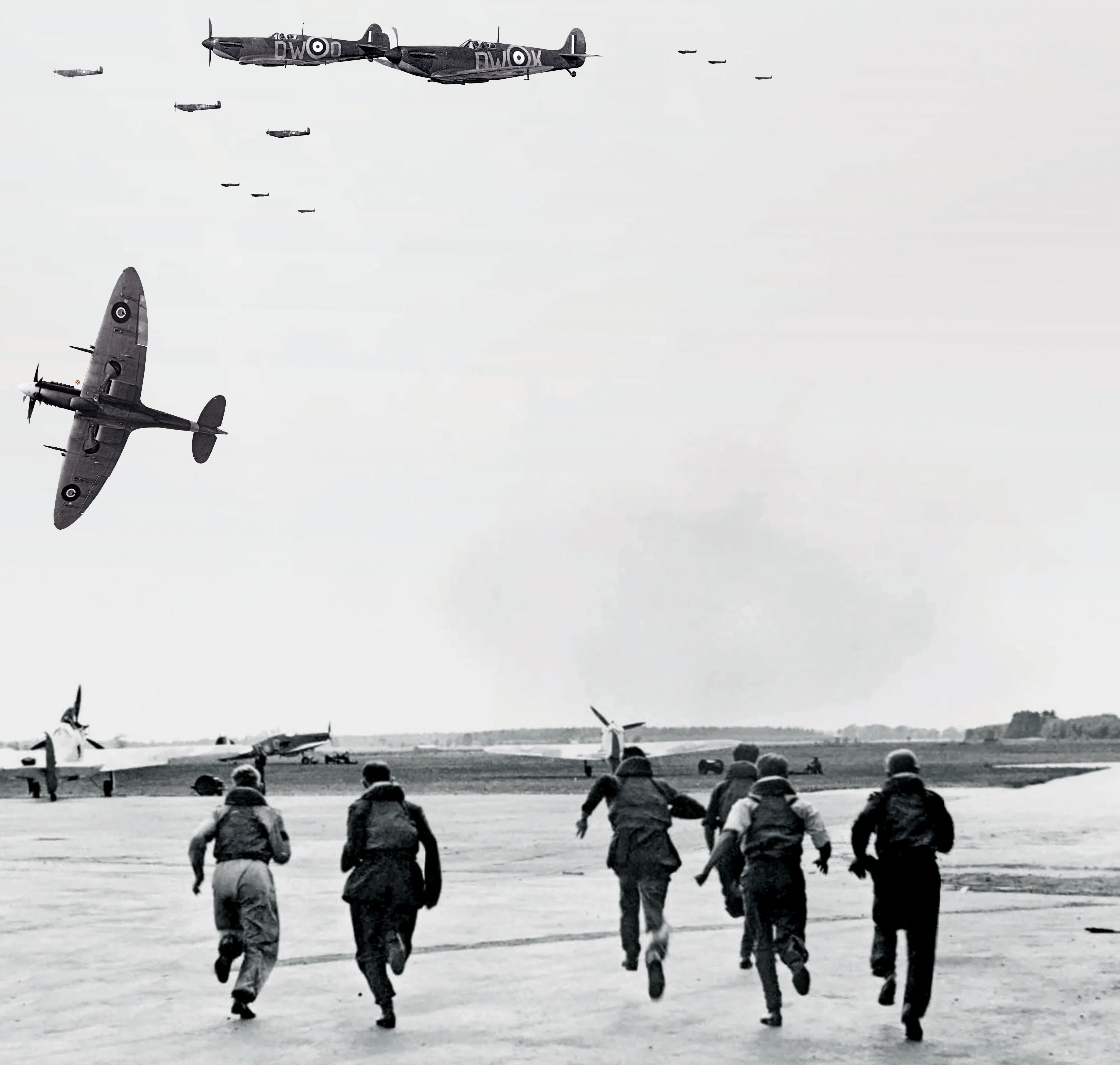In the summer of 1940, RAF Fighter Command was engaged in a desperate fight for survival against the German Luftwaffe. Fighter Command, under the command of Air Chief Marshal Sir Hugh Dowding, was divided into regional Groups. No. 11 Group, under Air Vice Marshal Sir Keith Park, protected the skies of London and the southeast. They were closest to the continent and naturally bore the brunt of the fight. To their west was No. 10 Group under Air Vice Marshal Sir Christopher Quintin Brand, also heavily engaged. To the north of London was No. 12 Group, commanded by Air Vice Marshal Sir Trafford Leigh-Mallory. Each Group was split into Sectors which had their own geographical area and assigned squadrons.

For No. 11 Group, the pressures to get airborne in time to hit the enemy before they dropped their bombs was immense
Dowding had been instrumental in constructing the UK’s Integrated Air Defence System, often known as the ‘Dowding System’, in the late 1930s. Based on new technology (most famously radar, but also radio communications), this was a very new and complex system that was still plagued with teething problems. The system allowed an unprecedented level of command and control, allowing the RAF to track attackers and direct defenders right up to the correct interception point. But there were also gaps. The radar stations around the coast only faced outwards; once inland, the system relied on visual sightings to track the enemy. Also, limitations in the HF radio technology (although improved VHF was slowly being introduced) meant that each Sector Operations Room could only control a limited number of squadrons at a time, and squadrons struggled to talk to each other. To prevent confusion, the radio sets in each Group’s aircraft had crystals that only operated on its own Group’s frequencies. Other problems were more intrinsic to the strategic situation and other practicalities. For example, limits in the radar’s range meant that No. 11 Group’s fighters would barely have time to scramble and climb to the right altitude if they were to engage the enemy before they dropped their bombs. Despite these issues, No. 11 Group attained interception rates of over 70 percent.